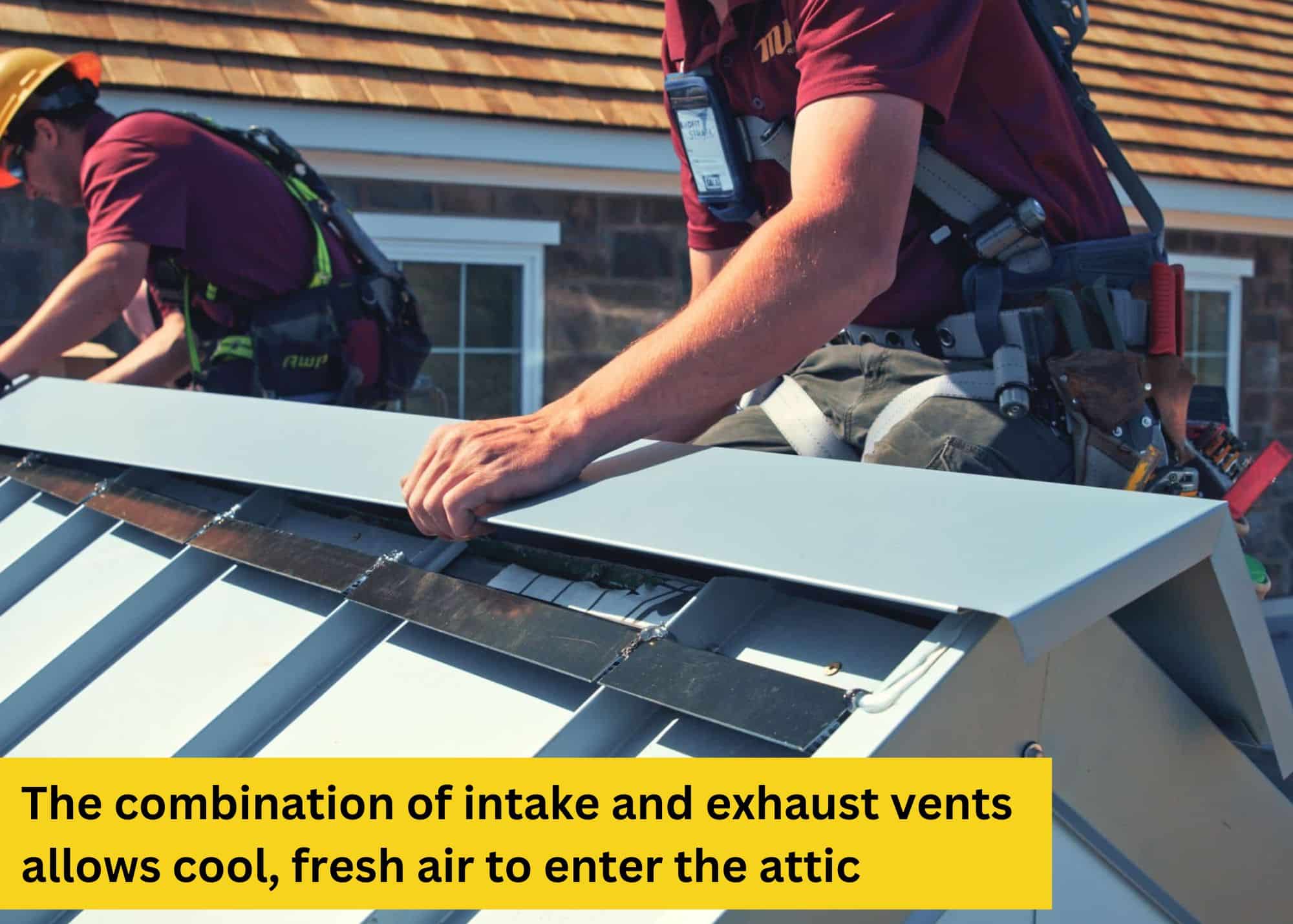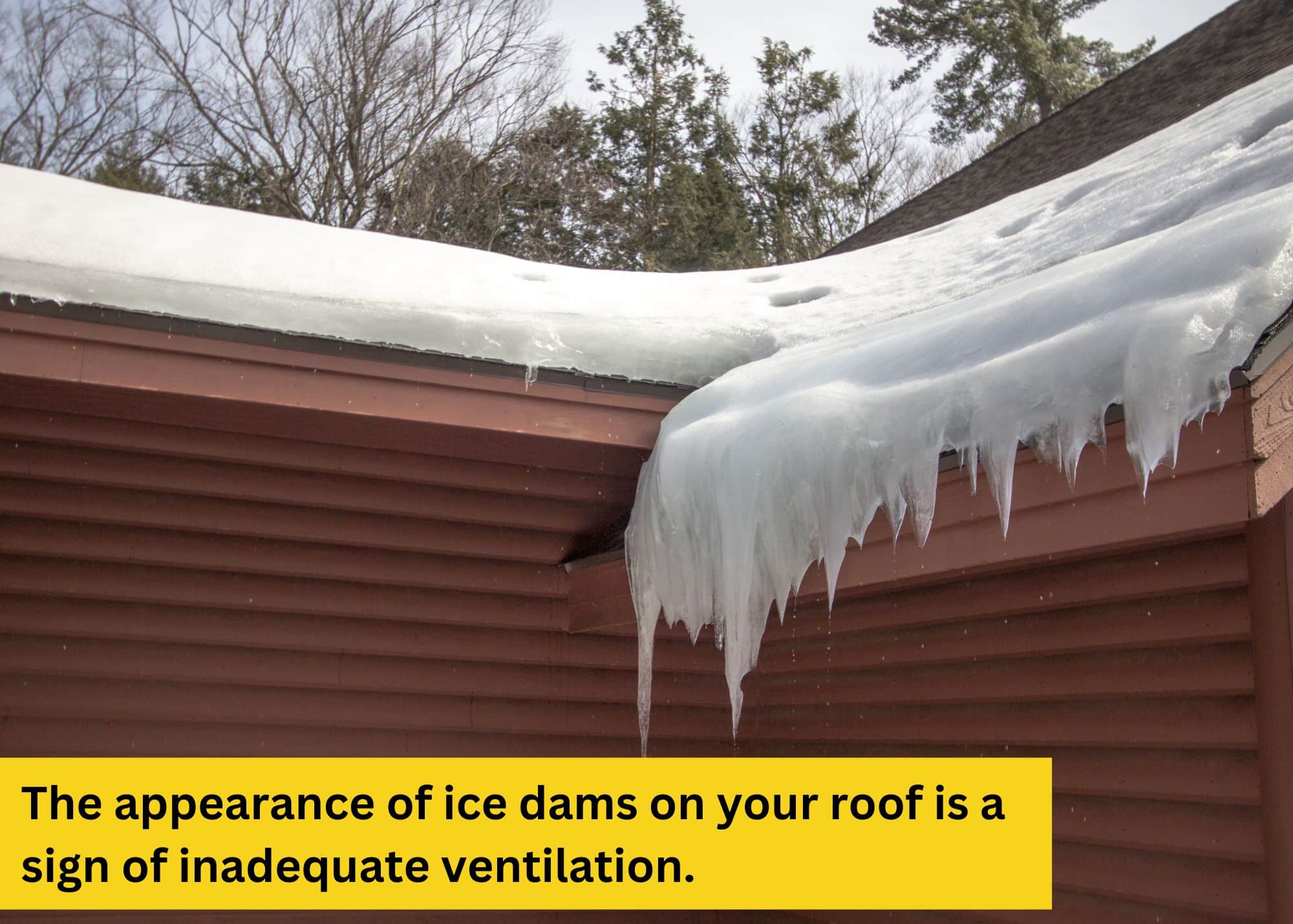The Essentials of Roof Ventilation
Roof ventilation might not be the first thing that comes to mind when you think about home maintenance, but it plays a critical role in the overall health and comfort of your home.
Here at SnapZ, we’re all about roof ventilation because we know how important it is.
But how can you know if you have adequate ventilation for your roof? And what can you do to improve ventilation?
In this blog, we’re going to break down what roof ventilation is and why it is absolutely essential.
We’ll then explore the tell-tale signs that indicate your roof’s ventilation might be lacking. Recognizing these symptoms early on can save you from costly repairs and significant inconveniences down the road.
Let’s get started!
What’s the Big Deal About Roof Ventilation?
Why Ventilate?
In one of our other blog posts, we talk about the importance of ventilation. Here are 4 reasons to ventilate your attic.
- Temperature Regulation: Proper ventilation prevents the buildup of excessive heat in your attic - especially during the summer months. This can help reduce cooling costs and protect materials from premature aging and warping.
- Moisture Control: During colder months, ventilation helps to reduce the accumulation of moisture that can lead to mold, mildew, or rot. This moisture typically comes from daily household activities such as cooking, bathing, and laundry, which can lead to condensation when it meets the colder surfaces of the attic.
- Extended Roof Life: By balancing the attic’s temperature and moisture levels, roof ventilation safeguards against damage to rafters, shingles, insulation, and other components. This can significantly extend the lifespan of your roof.
- Improved Indoor Air Quality: Effective ventilation also ensures better air quality within your home by mitigating the potential for mold and mildew growth, which are common allergens that can affect your family’s health.
The Science Behind It
Proper roof ventilation involves two key types of vents: intake vents and exhaust vents.
Intake vents are usually located along the soffit (the underside of your roof’s overhang), but rooftop intake vents can be used for buildings with limited or no soffit.
Exhaust vents are often found at or near the roof’s peak. Some roofs utilize hip vents or louvers (also known as box vents).
The combination of intake and exhaust vents allows cool, fresh air to enter the attic (typically through the soffit) and push hot, stale air out through the exhaust vents - a process known as the “stack effect.”

How Do I Know If My Roof Has Adequate Ventilation?
Knowing whether your roof has adequate ventilation is vital for maintaining its health and functionality. Here are several indicators and methods to assess your current ventilation setup.
Visual Inspections
- Look for intake and exhaust vents: Check if your roof includes both intake and exhaust ventilation components. The absence of either can lead to poor air circulation.
- Inspect for signs of moisture or damage: Examine your attic for any signs of moisture, such as mold, mildew, or water stains. These could indicate inadequate ventilation.
Temperature Checks
- Measure attic temperature: Compare the temperature of your attic with the outdoor temperature. A well-ventilated attic should be only slightly warmer than the outside air in summer and somewhat cooler in winter.
- Check for ice dams in winter: Ice dams form when heat from an inadequately ventilated attic melts snow on the roof, which then refreezes at the eaves. The presence of ice dams can be a clear sign of poor attic ventilation.

Professional Assessment
If you still need more clarification about your observation or the overall state of your roof’s ventilation, consider hiring a professional. A qualified roofing contractor can provide a detailed analysis and recommendations based on the specific needs of your home.
How Can I Add More Ventilation to My Roof?
If you find that your roof’s ventilation needs to be improved, there are several steps you can take to improve it. Here’s how you can enhance the airflow in your attic:
Adding More Vents
- Install additional soffit vents: Soffit vents are relatively easy to install and can significantly increase fresh air intake into your attic.
- Add or replace ridge vents: Ridge vents run along the peak of your roof and are effective at expelling hot air. They are often considered the most efficient form of exhaust ventilation.
Upgrading Existing Vents
- Improve vent screens or covers: Ensure that vent screens are free of debris and are not blocked. This allows for maximum airflow and prevents animals and insects from entering the attic.
- Increase vent size: If the existing vents are too small, replacing them with larger ones can help increase air exchange rates.
Consider a Powered Ventilation System
- Install attic fans: These can be particularly useful in regions with extremely high temperatures. Attic fans can be either solar-powered or electric and work effectively to extract hot air from the attic.
- Use whole-house fans: These are larger systems designed to cool your entire home by pulling cooler outdoor air through the house and pushing hot air out through the attic.
Professional Installation
It's advisable to work with a professional to optimize ventilation without compromising the structure of your roof. They can ensure that any additional ventilation is properly balanced between intake and exhaust, preventing potential issues such as wind-driven rain from entering the attic.

CONCLUSION
Roof ventilation is a critical component of home maintenance that should not be overlooked.
By ensuring proper airflow through your attic, you can protect your home from damage, save on energy costs, and create a healthier living environment.
Regular checks and maintenance, as well as professional advice when needed, are essential to keep your roofing system functioning optimally.
At SnapZ, we create a quality, easy-to-install ridge vent for metal roofs. Specifically engineered to be entirely waterproof and critter-resistant, our ridge vent ensures efficiency and durability. Plus, our roof vent is shipped pre-cut and pre-drilled, streamlining the process to save time and enhance your crew's productivity and project profitability.
For a free quote, check out our ridge calculator!
If you found this blog helpful, you might also enjoy the article listed below:
- A Step-by-Step Guide to Roof Vent Installation: Static, Turbine, and Ridge Vents
- 7 Reasons Snap-Z Is The Ultimate Standing Seam Ridge Roof Vent
- 6 Common Ridge Vent Problems Every Informed Homeowner Should Know About
If you have any questions or would like to purchase some SnapZ ridge vent, contact us today! We look forward to hearing from you!


